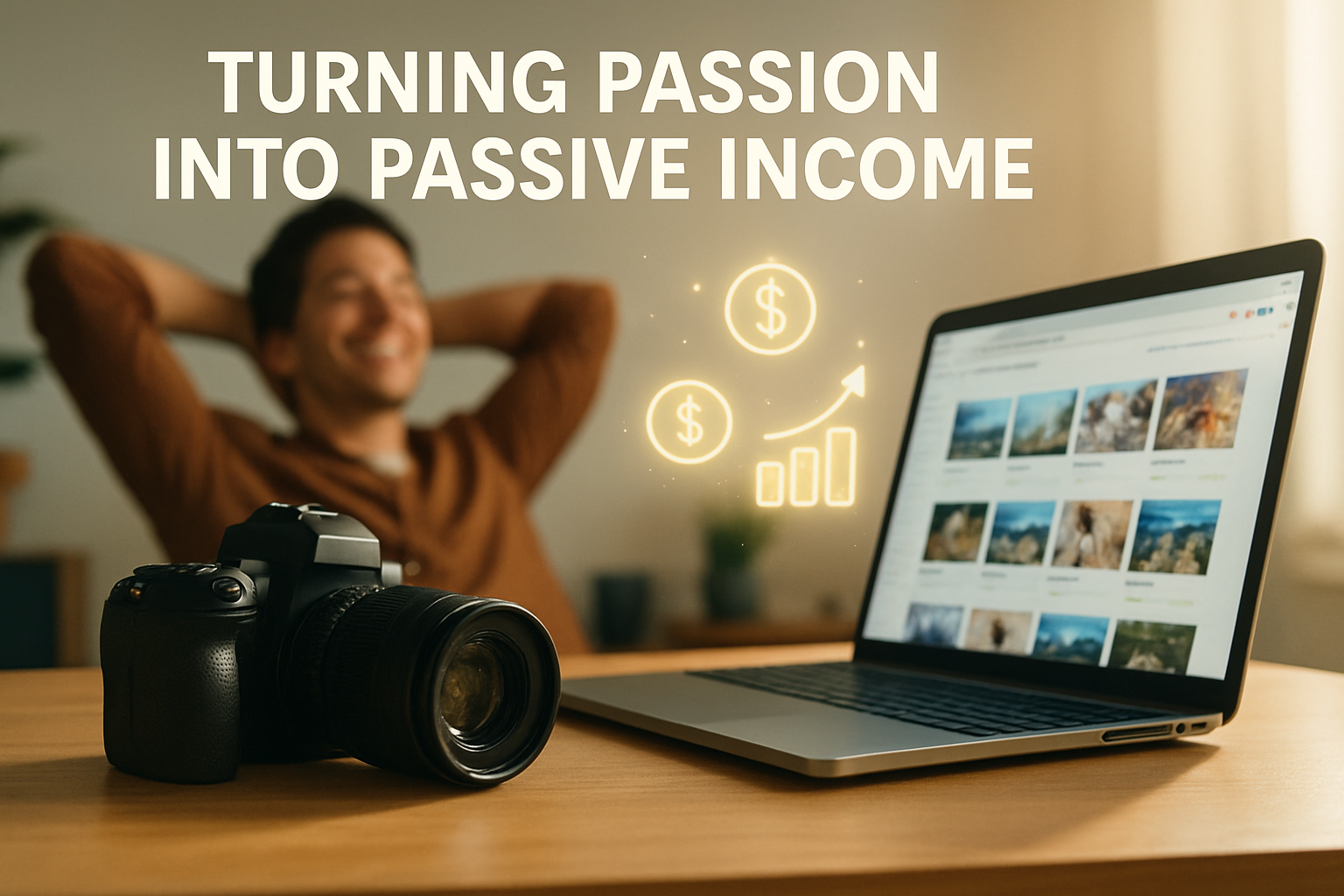Photography has been part of my life for as long as I can remember. I started out with a second-hand camera, wandering around my city capturing whatever caught my eye — sunsets, buildings, street moments, and sometimes just the play of light through a window. For years, it was purely a hobby. Something I did for myself, something that made me feel creative and present in the moment. I never imagined it could actually generate income.
Like many hobbyists, I’d occasionally get compliments from friends or family telling me, “You should sell your photos.” I’d smile politely but brush it off. In my mind, making money from photography was something reserved for professionals with expensive equipment and years of industry experience. And when I did look into selling, the big stock websites felt overwhelming. They required huge portfolios, endless tagging, and, worst of all, they paid contributors so little that it hardly seemed worth the effort.
That’s why I was hesitant when I first stumbled upon Picster.pro. I thought, “Here’s another stock site that will chew up my time and give me nothing in return.” But curiosity got the better of me, and I decided to give it a try. To my surprise, the experience was completely different from what I expected.
The first thing that stood out was how simple the contributor process was. Uploading photos didn’t feel like a chore. I didn’t need to spend hours filling in technical details or fighting with clunky systems. I could upload my shots quickly, organize them into a portfolio, and get them live in a matter of minutes. That alone was enough to keep me going — it felt manageable, even as someone who was just starting out.
Then came the moment I’ll never forget: my first sale. It wasn’t a huge amount of money, but seeing that notification gave me such a rush of excitement. Someone, somewhere, valued my work enough to pay for it. That moment transformed my mindset. Photography was no longer just a hobby I loved — it was something that could also support me financially, even if just in small ways at first.
From there, I began to look at my photos differently. I started thinking about what images might resonate with others — not in a forced, commercial way, but with a sense of purpose. My weekend walks with my camera turned into both creative outlets and opportunities. If I captured a beautiful moment, I could share it with the world and potentially earn from it.
What I appreciated most was the transparency of Picster.pro. I knew exactly what I was earning from each sale, and I didn’t have to worry about hidden fees or confusing commission structures. That clarity gave me confidence and motivation to keep uploading.
Another unexpected benefit was how connected I felt to buyers. On big platforms, you never know who purchases your work. On Picster.pro, I had the chance to see engagement with my profile. A buyer could browse through my portfolio, follow my style, and even come back for more. It felt less transactional and more like building a relationship, however small, between creator and customer.
Of course, I’m not suddenly quitting my job or relying on photography as my main income. But having the ability to turn my hobby into something that generates even modest earnings has been incredibly rewarding. The money I make from Picster.pro often goes back into my craft — upgrading gear, traveling to new places to shoot, or simply covering the cost of printing my own work. It’s a cycle of creativity fueling itself, and it makes me love the hobby even more.
For anyone out there sitting on a folder of photos, wondering if they’re “good enough” to sell, I’d say this: you don’t need to be a professional to start. Platforms like Picster.pro are proof that everyday creators can share their work, connect with buyers, and make income from what they already love doing.
Turning my hobby into income hasn’t just given me extra money — it’s given me confidence. It’s shown me that my creativity has value in the eyes of others. And that’s something I never expected when I picked up that old camera years ago.


